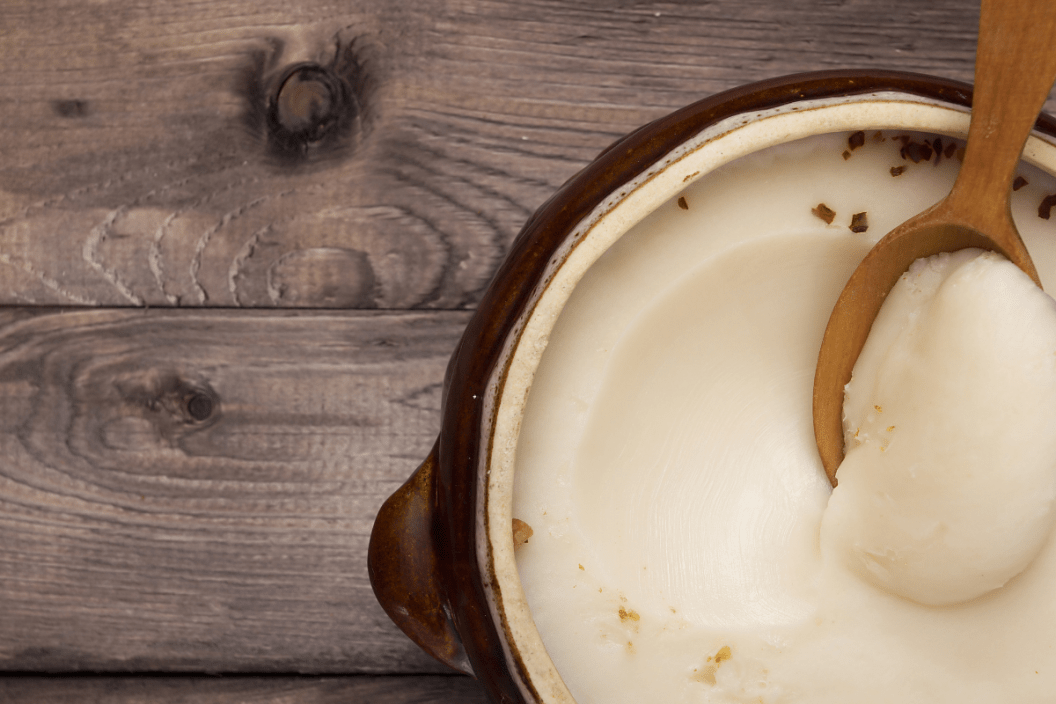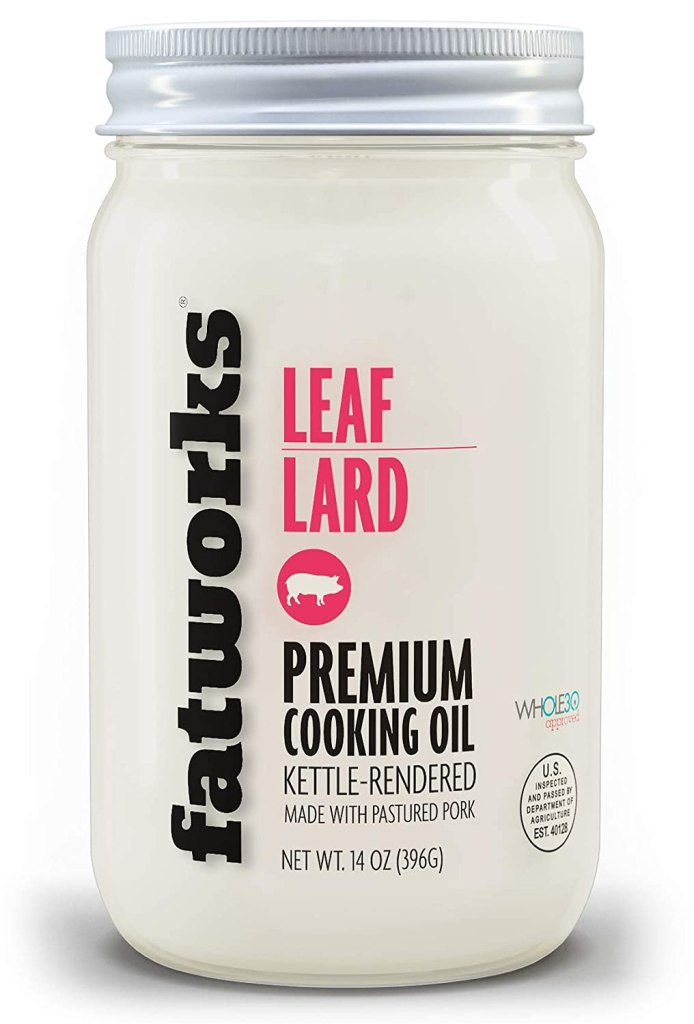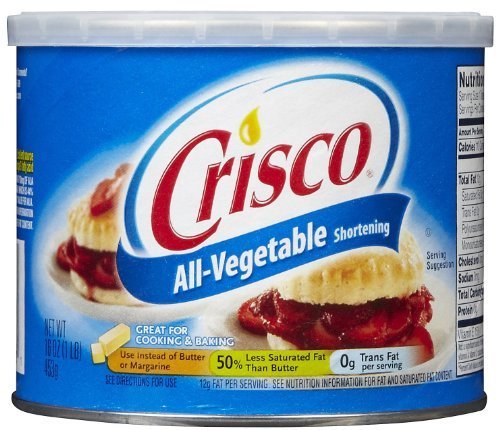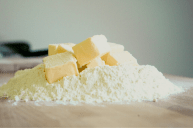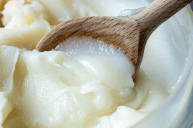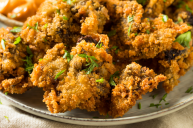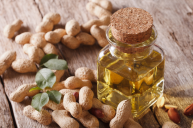Butter, margarine, lard, shortening, which is which? It can be confusing when there are so many similar-but-different ingredients. Many of these seem to produce similar results, and they're all kinds of fat that add flavor and richness to any recipe. I often substitute butter for margarine or shortening, and lard can also be used as a replacement. The question is, what's the difference between lard vs shortening?
Videos by Wide Open Country
What Is Lard?
Many people don't really know what lard is, but simply have a vague idea of something white and fatty. To clear it up, lard is a semi-solid white fat that comes from pig fat similar to tallow. Lard can be made by boiling, steaming or using dry heat on pork fat. Although it comes from pig fat, lard doesn't taste anything like pork or other animals. Lard gets a bad rap, but it's actually a great ingredient for baking, as it results in super flaky pastries or pie crusts. It's also used for deep frying, pan frying or roasting, and it produces perfectly crispy veggies.
Containing less saturated fat than butter, this semi-solid cooking fat has a higher smoking point and melting point, making it great to use lard in pastries, frying, and even grilling.
Leaf Lard, which comes specifically from the soft fat around the pig's kidneys and loin, is considered the highest grade of lard due to its clean flavor and spreadable consistency at room temperature. In fact, some lard-lovers spread leaf lard straight onto bread for a snack—that's how good it is.
What is Shortening?
As for shortening, I always assumed that it was essentially the same thing as butter. "Shortening" is actually all fats and oils, but it's used most often to describe Crisco and other vegetable oil products. Shelf-stable shortening can be made from animal fat or vegetable oil, but vegetable shortening made from hydrogenated vegetable oils is most common these days, and this is the kind you'll find at your local grocery store. It's also a better choice for vegan or vegetarian bakers since it does not contain any meat or dairy.
This kind of shortening is made by adding hydrogen to soybean, cottonseed oil or palm oils. The hydrogenation allows the shortening to stay semisolid at room temperature. When considering the best substitutes for shortening, you can essentially use any oil, from canola oil, coconut oil to olive oil.
Lard vs Shortening
Both lard and shortening are 100 percent fat and can be used to make flaky crust or crispy veggies. They are similar in their versatility and kitchen use; you can use both lard and shortening in a wide variety of dishes. Be it a savory veggie dish or a fluffy cake, shortening and lard will result in a delicious taste and texture.
One downside of both is their nutritional value. Although shortening is popular and versatile, vegetable oils like Crisco have been shown to be full of artificial trans fats. These contribute to unhealthy cholesterol levels which can cause a higher risk of heart disease. Because of its trans fat content and a high percentage of fat, one shouldn't use shortening interchangeably with butter without taking into consideration its nutritional value. As for lard, it doesn't contain any trans fats but does have higher levels of saturated fat than shortening and vegetable oils.
The main difference between lard vs shortening is where they come from and how they're made. Lard is traditionally made from pig fat and can be made from any fatty part of the animal. You can even make it at home by straining the fat from bacon or a pork shoulder! Shortening, on the other hand, is made from hydrogenated vegetables, a process that you can't exactly do in your kitchen. Whether you're using lard or shortening, the taste of your end product will be worth its fat content!
READ MORE: Yes, You Can Leave Butter Out on the Counter
